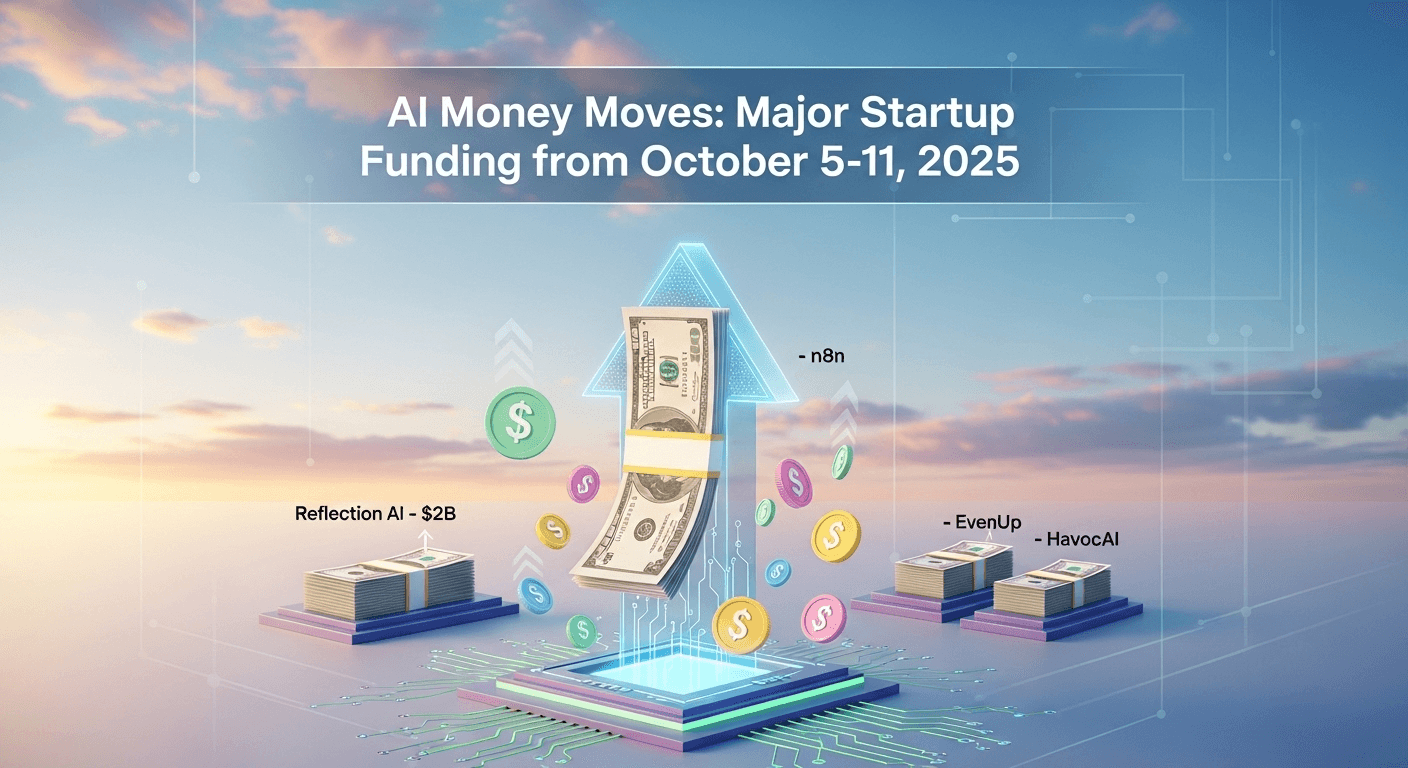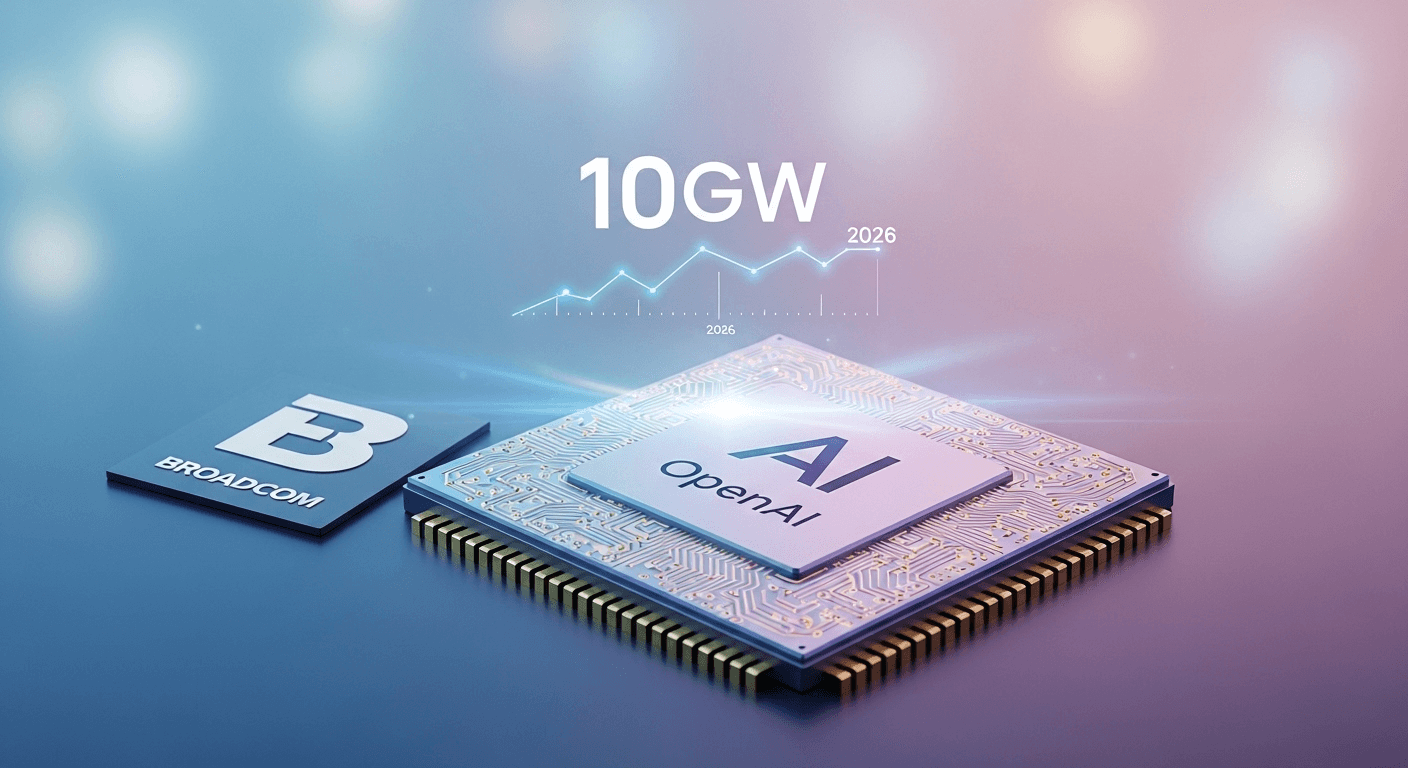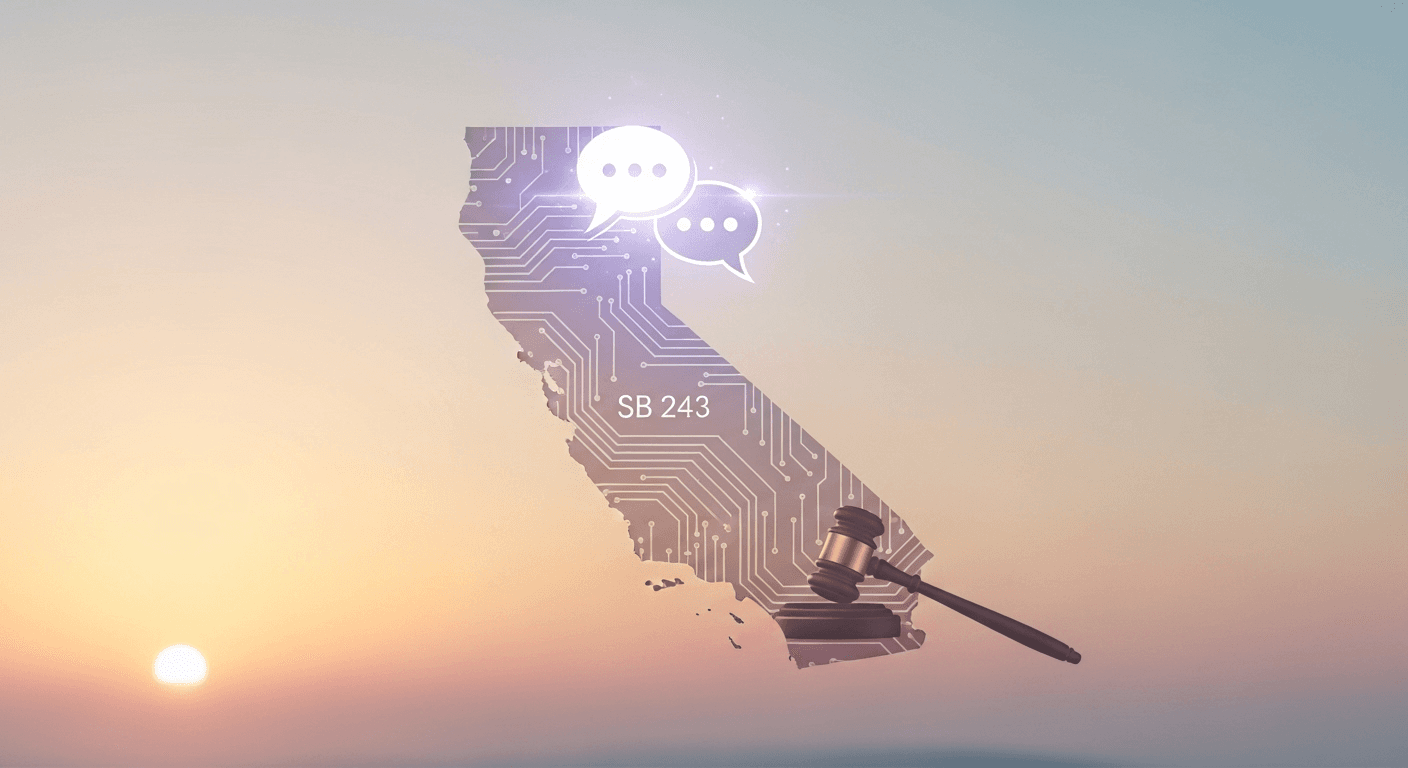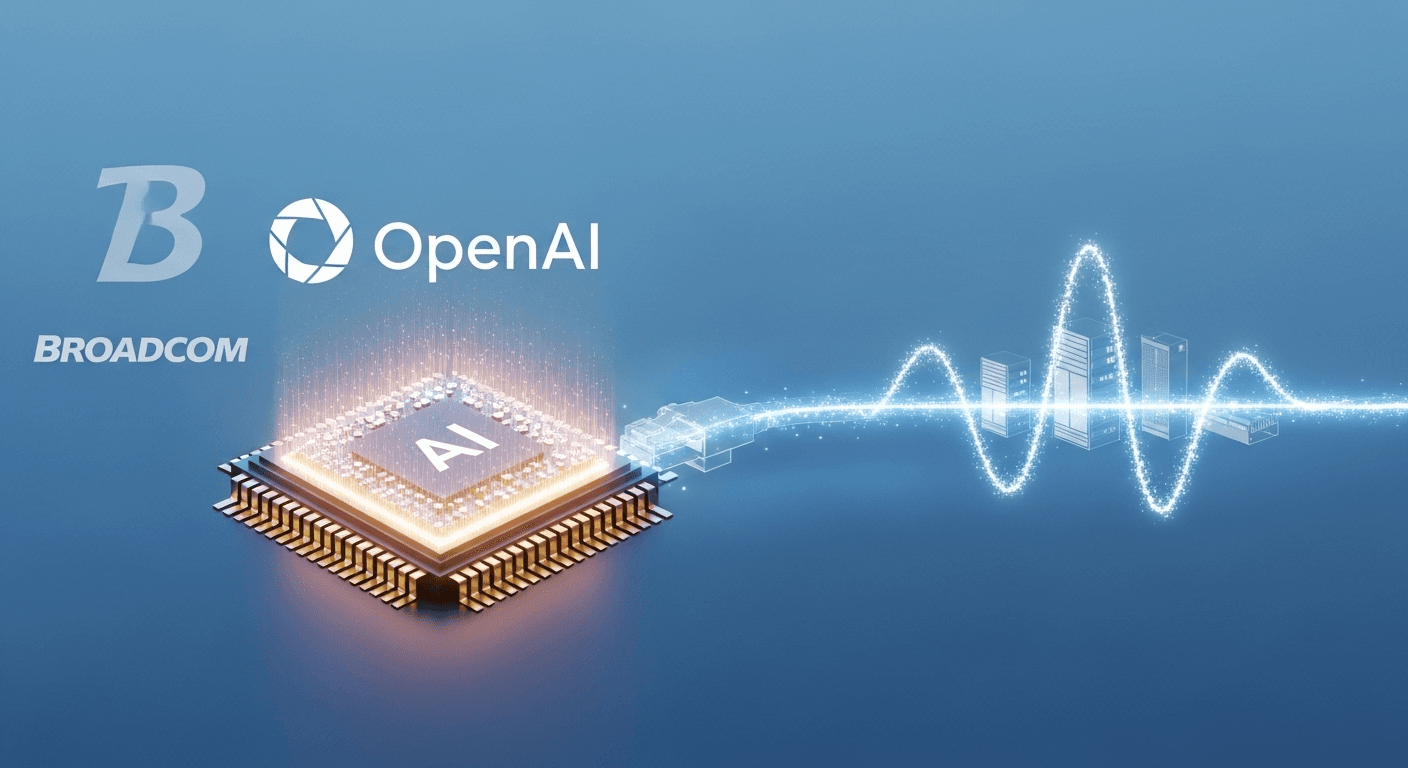Inside Meta Superintelligence Labs: Zuckerberg’s New AGI Push and the Escalating AI Talent War

Inside Meta Superintelligence Labs: Zuckerberg’s New AGI Push and the Escalating AI Talent War
Meta just unveiled a new research hub called Meta Superintelligence Labs, clearly indicating the company’s serious commitment to the next phase of AI. This announcement, reported by Windows Central, points to an ambitious goal: to speed up progress toward artificial general intelligence, or AGI, and translate that research into products that billions can use. The move also highlights a larger trend shaking up the industry—a fierce competition for talent, computational resources, and transformative breakthroughs that could define the next decade of technology.
What is Meta Superintelligence Labs?
According to Windows Central, Meta Superintelligence Labs is a newly organized research initiative that brings together senior scientists and engineers, many of whom have been recruited from OpenAI, Google, and DeepMind. Its straightforward yet ambitious aim is to accelerate core research, strengthen foundational models, and deploy capabilities into Meta’s consumer and enterprise experiences at scale.
While Meta has been engaged in large-scale AI research for some time through FAIR and its GenAI teams, the new lab establishes a clearer narrative: Meta regards AGI as both a significant research milestone and a business opportunity. This aligns with CEO Mark Zuckerberg’s previous remarks that Meta is “building general intelligence” and aims to open source substantial parts of that work wherever feasible. (Reuters)
How This Fits into Meta’s AI Roadmap
Meta has been consistently converting research innovations into public tools. In 2024, the company introduced Meta AI, an assistant leveraging the Llama model family. By mid-2024, Meta released Llama 3.1, featuring both an 8B and a 70B open-weight set, in addition to a larger 405B-parameter model available through hosted inference. These models have been positioned as more reliable for reasoning, multilingual tasks, and tool usage—all steps toward more comprehensive systems. (Meta AI Blog)
Meta Superintelligence Labs appears to be the next logical progression, concentrating top talent and computation efforts around a unified goal: larger-scale training runs, quicker iterations, and enhanced safety and evaluation practices. The lab’s work is likely to directly contribute to Meta AI, creator tools across Instagram and Facebook, as well as new offerings for enterprises.
Why Now? The AGI Race and What It Really Means
The term AGI holds varying definitions depending on who you ask. For some, it represents an AI system capable of matching or surpassing human performance across a variety of tasks. For others, it stands as a practical milestone—systems able to learn, plan, and generalize across domains much more effectively than today’s models. In any case, the industry is intensely racing to scale models, data, and computation to unlock significant leaps in capability. (Stanford AI Index 2024)
Numerous entities, including Meta, OpenAI, Google DeepMind, Anthropic, and xAI, are all pursuing this trajectory. As capabilities improve, so too rise expectations surrounding safety, governance, and practical utility. Recent discussions regarding changes in safety leadership within the industry reveal that alignment and oversight remain ongoing challenges. (The Verge)
The Talent Strategy: Recruiting a Battalion of AI Experts
Windows Central reports that Meta has assembled a team of senior AI researchers and engineers from OpenAI, Google, and DeepMind to staff Meta Superintelligence Labs. This is aligned with a broader trend: competition for top AI talent has heightened, with companies offering attractive compensation packages, opportunities to work on cutting-edge models, and access to ample compute resources. (Windows Central)
Why does this matter? Sustained breakthroughs usually arise from a combination of top-tier researchers, robust engineering, and large-scale training. Bringing experienced teams together can shorten iteration cycles and more swiftly translate research into shippable products. For Meta, which already has distribution channels across Facebook, Instagram, WhatsApp, and Quest, this potential is especially enticing.
Compute, Models, and Infrastructure
The quality of models at the frontier is closely tied to computational scale. Zuckerberg has indicated that Meta is making substantial investments in GPU clusters, aiming to reach hundreds of thousands of Nvidia H100-class GPUs. External reports have echoed these ambitions, projecting that Meta’s training capacity could rival any player in the field. (The Verge)
On the hardware front, the industry is transitioning from Nvidia Hopper (H100/H200) to the Blackwell platform, aimed at supporting trillion-parameter scale training and reducing inference costs. Organizations securing early access to Blackwell-class systems will be able to train larger models faster and at lower costs, allowing for more experimentation in long-context, multimodal, and tool-using architectures. (Nvidia)
Meta’s open-weight Llama releases have also significantly shaped the ecosystem. Llama 3.1 enhanced reasoning and multilingual capabilities while maintaining an open-weight approach at 8B and 70B sizes, which many developers prefer for control and cost efficiency. Anticipate that Meta Superintelligence Labs will drive new research in long-context windows, agentic workflows, and integrated safety measures—areas that require substantial computing resources. (Meta AI Blog)
What It Could Mean for Users and Businesses
- Better Assistants: Expect faster, more helpful interactions in Meta AI across messaging, search, and productivity tasks.
- Creative Tools: Enhanced image, video, and audio generation across Instagram and Facebook, with improved safety and provenance controls.
- Enterprise Features: Enhanced retrieval, fine-tuning, and tool-use options for developers utilizing Llama and Meta’s APIs.
- Hardware Integration: Smarter on-device features for Ray-Ban Meta smart glasses and future XR devices, utilizing distilled models and efficient inference.
For developers, the practical benefit is a more consistent roadmap for open-weight models and hosted services, along with clearer guidelines for reliability and safety evaluations. For creators and advertisers, this could mean improved campaign generation, analytics, and brand safety tools integrated directly into Meta’s apps.
Risks, Governance, and Open Questions
As capabilities expand, so does the responsibility accompanying them. More powerful models raise risk areas—from hallucinations and jailbreaks to privacy concerns and misuse—that become increasingly important. Policymakers are taking action: the EU passed the AI Act in 2024, establishing obligations for developers and deployers based on risk tiers, with implementation phases set for 2025 and beyond. Companies developing frontier models must demonstrate rigorous testing, transparency, and responsive incident protocols. (European AI Act)
Meta’s open-weight strategy brings about nuanced questions. While open models can ignite innovation and security research, they complicate oversight as capabilities grow. Expect Meta Superintelligence Labs to commit significant resources toward red-teaming, evaluations, model provenance, and creating safer default releases.
How to Read This If You Build on Meta’s AI Stack
- Plan for faster model refresh cycles. Implement abstraction layers in your apps to swap model versions with minimal code changes.
- Invest in evaluations early. Align your internal benchmarks with Meta’s published evaluations for more accurate comparisons as new models are released.
- Utilize retrieval and tool usage to ground outputs. These patterns typically boost reliability across tasks, particularly as context windows expand.
- Keep an eye on safety updates. Anticipate changes to default filters, provenance tags, and usage policies as capabilities advance.
- Create prototypes with open weights, scale with hosted inference. Many teams are using open-weight models for control and privacy, then transitioning to hosted solutions for peak workloads.
Bottom Line
Meta Superintelligence Labs is a strong signal: the company is committed to competing at the cutting edge, investing in talent, computational resources, and research to pursue AGI-level capabilities, while also ensuring that these advancements translate into products utilized by billions. Whether you are a developer, a business leader, or simply curious, this move signifies a notable escalation in the AI race that is sure to influence the tools we rely on daily.
FAQs
What did Meta announce with Superintelligence Labs?
According to Windows Central, Meta has founded Meta Superintelligence Labs, a research-oriented group focused on accelerating progress toward AGI and implementing those advancements into products.
Is Meta genuinely pursuing AGI?
Yes. Zuckerberg has confirmed that Meta is building general intelligence and plans to open source significant components whenever possible. The Llama releases and Meta AI deployments reflect this trajectory. (Reuters) (Meta AI Blog)
Where is the talent coming from?
As reported by Windows Central, Meta has hired researchers and engineers from OpenAI, Google, and DeepMind for the new lab, highlighting the ongoing talent competition in the industry.
What hardware and compute is Meta using?
Meta is making substantial investments in Nvidia GPU clusters and is expected to adopt next-gen platforms like Nvidia Blackwell for larger, more efficient training runs. (The Verge) (Nvidia)
How will this affect users?
Users can look forward to enhanced assistants, more capable creative tools, and improved features across Meta’s apps and devices, as well as stronger safety and provenance systems as models progress.
Sources
- Windows Central – Mark Zuckerberg Announces Meta Superintelligence Labs
- Reuters – Meta is Building General Intelligence and Will Open Source Parts of It
- Meta AI Blog – Llama 3.1 Models
- The Verge – Zuckerberg on Building General Intelligence and Compute Scale
- Nvidia – Blackwell Platform Overview
- Stanford AI Index 2024 – Trends in AI R&D, Compute, and Deployment
- European Commission – The AI Act
- The Verge – OpenAI Safety and Alignment Team Changes
Thank You for Reading this Blog and See You Soon! 🙏 👋
Let's connect 🚀
Latest Blogs
Read My Latest Blogs about AI
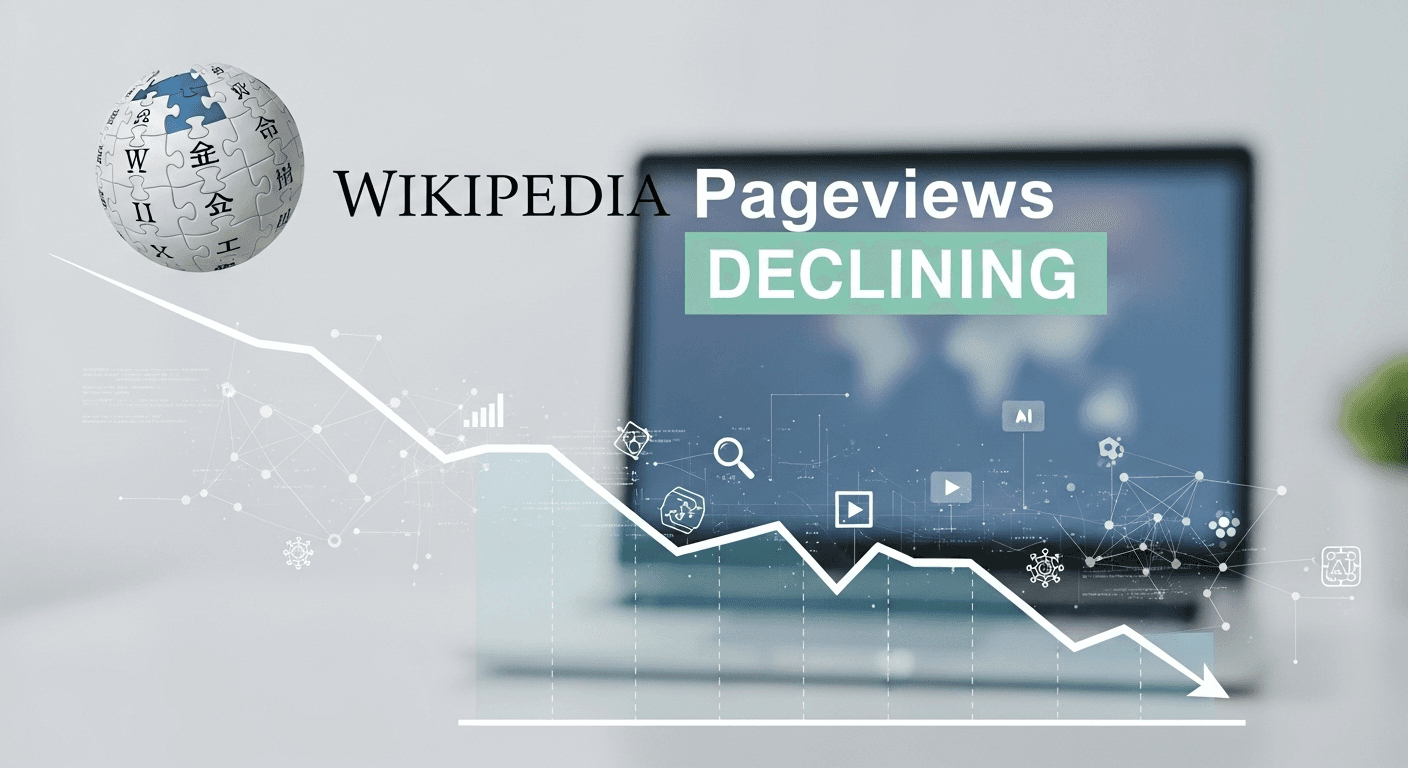
Why Wikipedia’s Pageviews Are Declining: The Role of AI Search and Social Video
Wikipedia reports an 8% decline in human pageviews as AI search summaries and social video shape how people seek information. Here’s what the data reveals and why it matters.
Read more